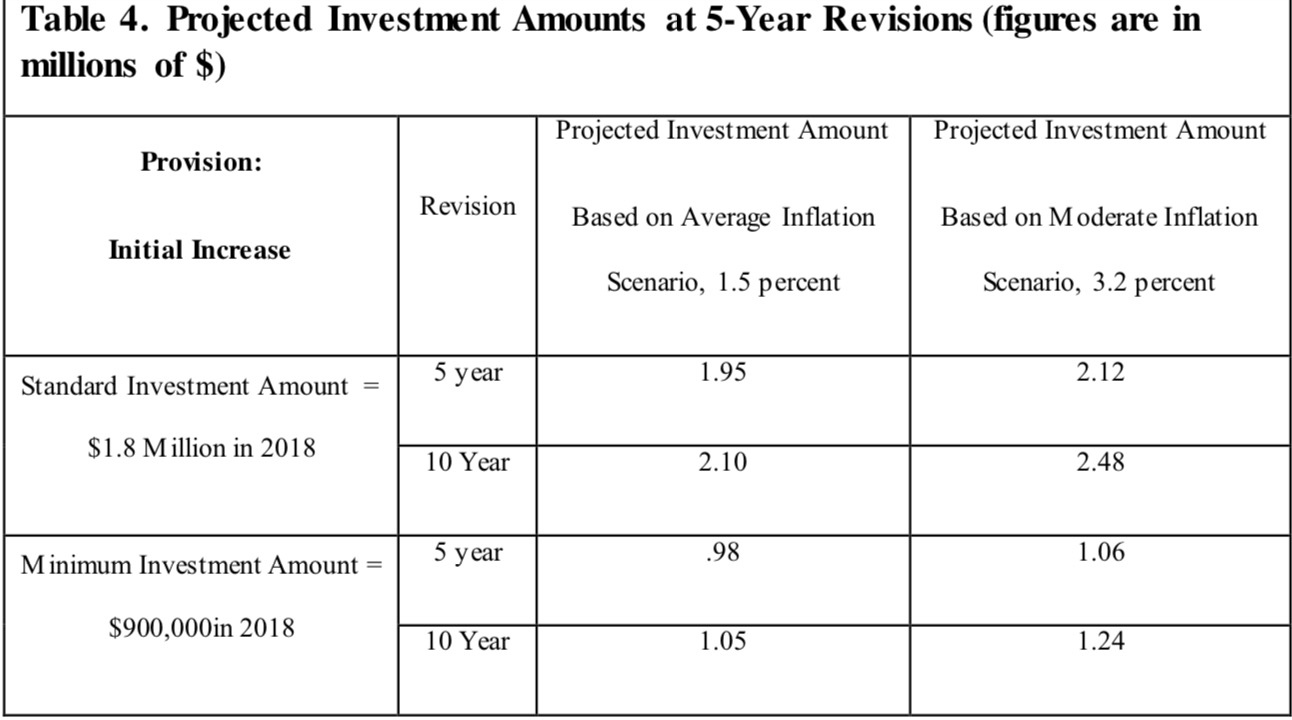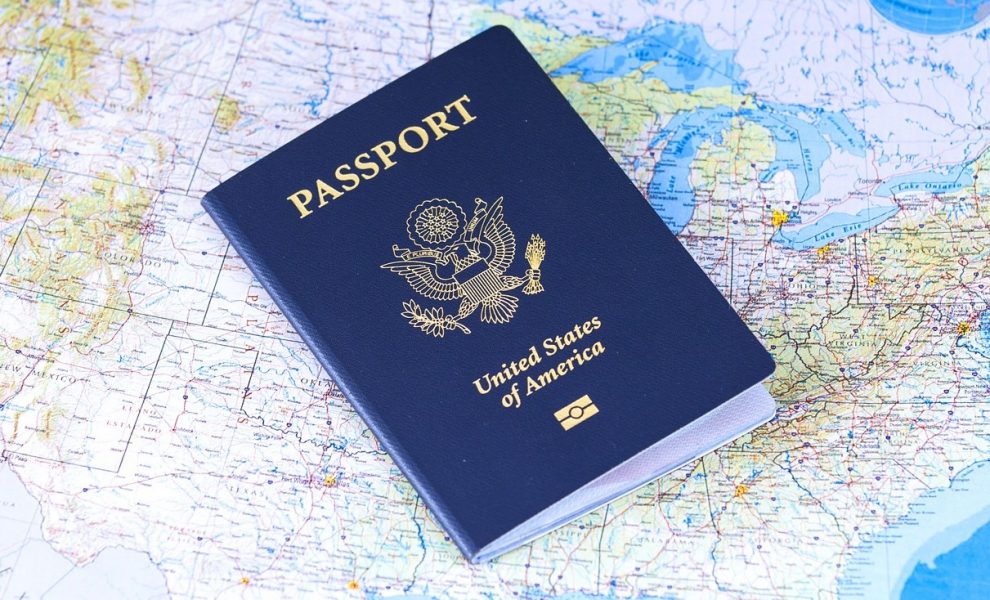EB-5 as a part of new modernization reforms will see an increased investment from $500,000 to $900,000 for TEA. The minimum investment is raised to $900,000 instead of the proposed $1.35 million, in order to fill the 50 percent differential between investment tiers be maintained.
The final rule to be published by DHS tomorrow, will be effective on November 21, 2019, 120 days from the date of publication in the Federal Register. DHS has determined that this 120-day period is reasonable to ensure that EB-5 petitioners and the EB-5 market have time to adjust their plans to the changes made under this rule.
New EB-5 Changes
These are the new investment threshold changes to applicable under the new EB-5 regulations
- Targeted employment area (TEA) – $900,000. The minimum investment amount in a TEA will initially increase from $500,000 to $900,000.
- High Employment Areas – $1.8 million. DHS will raise the minimum investment amount to $1.8 million to account for inflation through 2015, and includes a mechanism to automatically adjust the minimum investment amount based on the unadjusted CPI- U every 5 years.
DHS believes the increase is reasonable when the minimum investment amount is compared to the investor visa programs of similarly developed economies, such as the United Kingdom, Canada, Australia, and New Zealand, which typically require higher investment thresholds than what DHS proposed
The rule retains the 50 percent minimum investment differential between a targeted employment area (TEA) and a non-TEA instead of changing the differential to 25 percent as proposed, thereby increasing the minimum investment amount in a TEA from $500,000 to $900,000 (rather than $1.35 million, as DHS initially proposed)
There are also number changes approved in the final rule.
- DHS will eliminate state designation of high unemployment areas. DHS will add cities and towns with a population of 20,000 or more outside of MSAs as a specific and separate area that may qualify as a TEA based on high unemployment.
- DHS will allow an EB-5 immigrant petitioner to use the priority date of an immigrant petition approved for classification. This Makes visa allocation more predictable for investors with less possibility for large fluctuations in visa availability dates due to regional center termination, reduce fraud, increase viable investments.
- For regional centers, the higher amounts could reduce the number of investors in the global pool and result in fewer investors, thus potentially making the search and matching of investors to projects more costly.
DHS will adjust the standard investment threshold every 5 years and below are the projects for the investment increase every five and ten years with inflation adjustment

The changes in this rule will apply to all Immigrant Petition by Alien Investor (Form I-526) petitions filed on or after the effective date of the final rule.
The final rule is available here in PDF format





